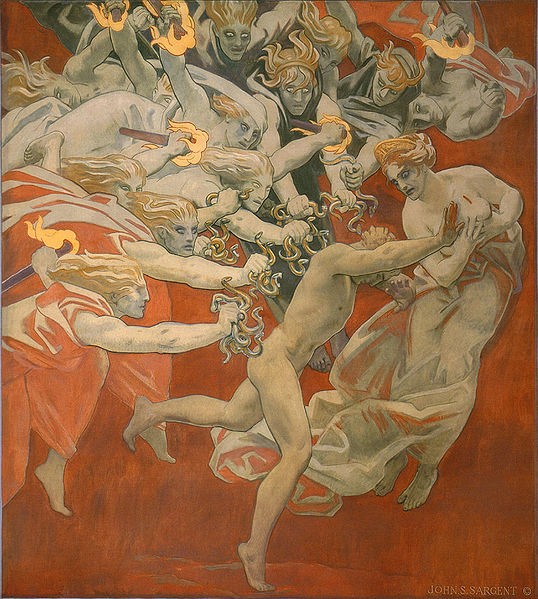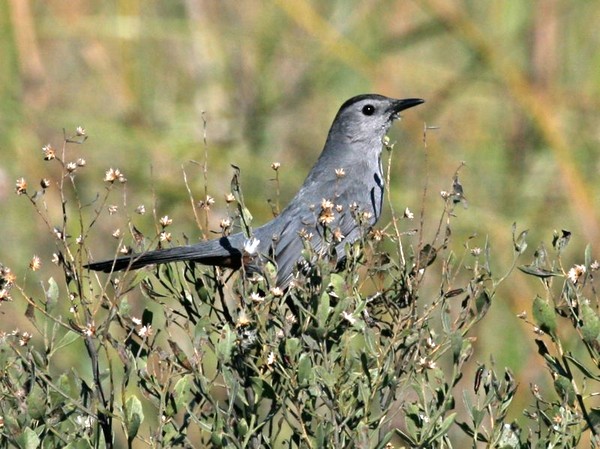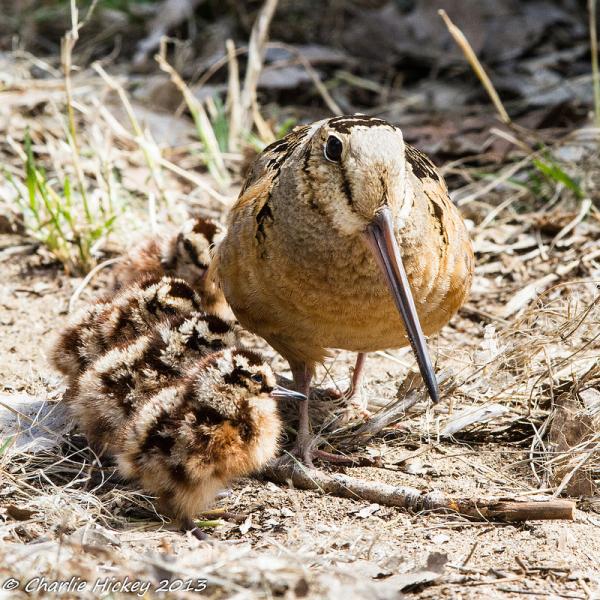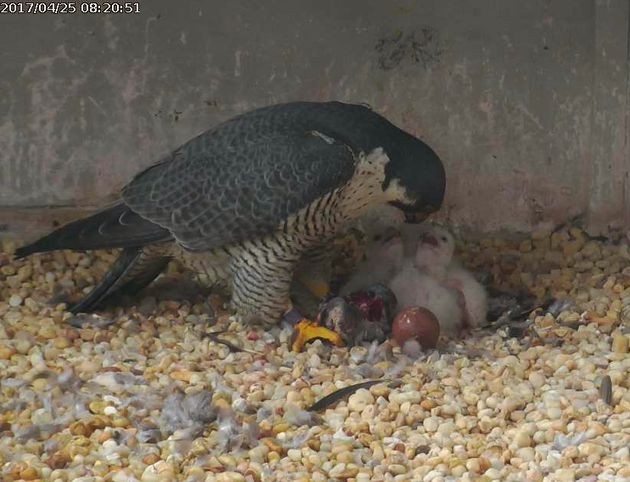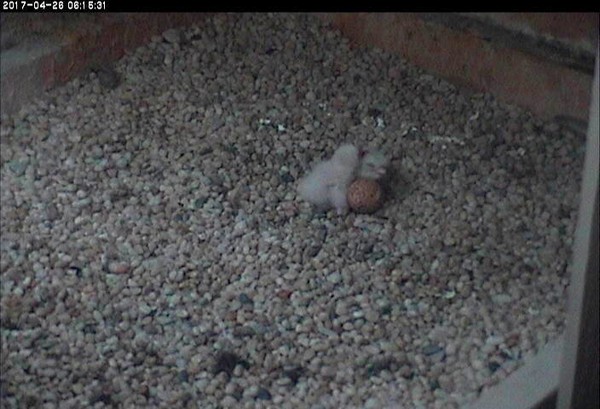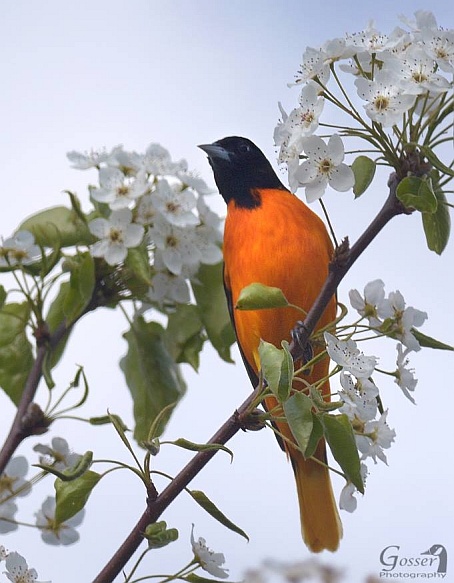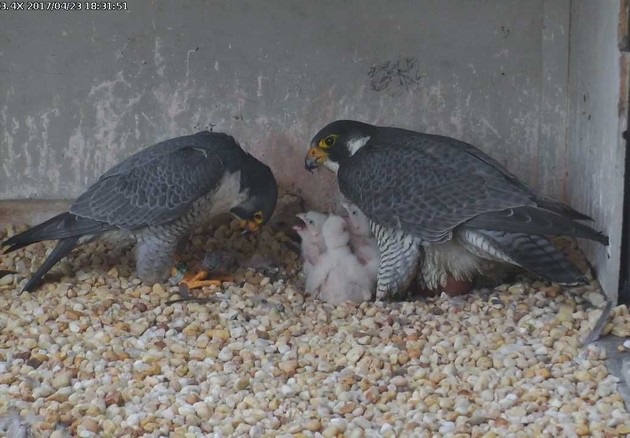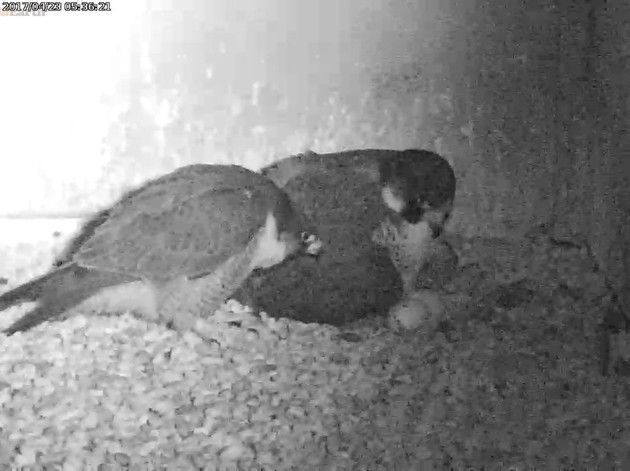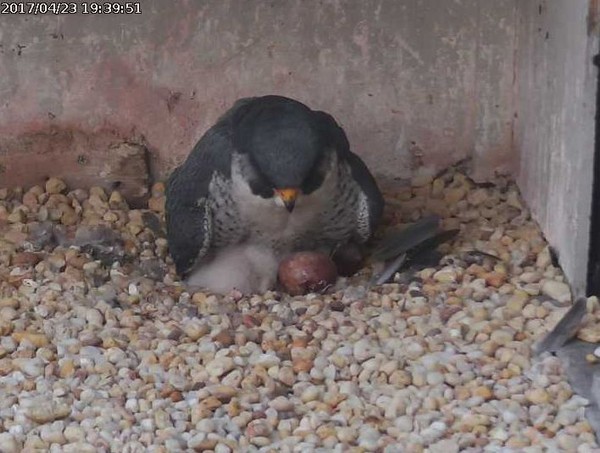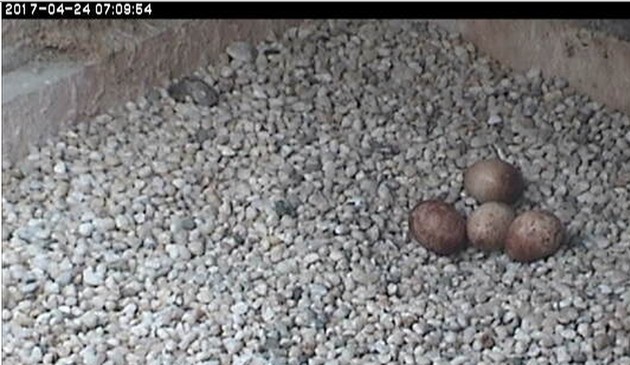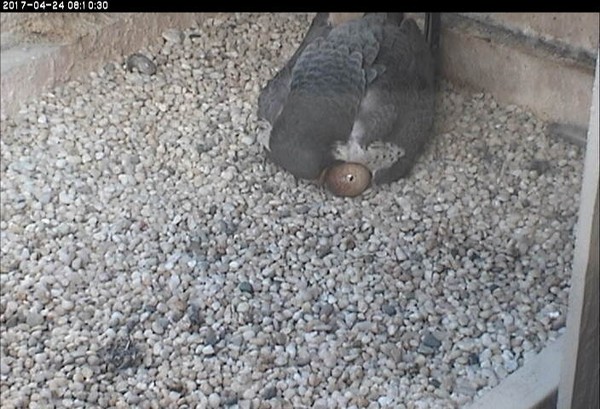
This morning there were 36 of us ready to go birding in Schenley Park at 8am. We searched for birds in the Bartlett area and part of Lower and Falloon Trails, then walked the golf course edge for a view of the treetops along Serpentine Road.
The birds were quiet at first but became more active when the sun broke through the clouds. Best Birds of the day were rose-breasted grosbeaks, the first-of-year ovenbird and a green heron at the lake. I wish we’d seen the blue-winged warbler (heard singing) but we did see a peregrine falcon flying around the Cathedral of Learning.
I promised we’d end at 10am but a dozen people wanted to continue so we split up at 9:45a. (Thank you, Marcus, for guiding folks back to Bartlett Street.) So I have two lists of the birds we saw. Let me know if I missed something.
Before 9:45m. Birds Seen and Heard, 8am-9:45am, 0.8 miles (until turn around). Click here for eBird checklist.
Red-bellied Woodpecker
Downy Woodpecker
Northern Flicker
Blue-headed Vireo
Warbling Vireo
Blue Jay
Carolina Chickadee
House Wren
Ruby-crowned Kinglet
American Robin
European Starling
Ovenbird (first of year)
Blue-winged Warbler (heard by several of us, seen by Michelle)
Yellow-rumped Warbler
Chipping Sparrow
Song Sparrow
Northern Cardinal
Rose-breasted Grosbeak
Red-winged Blackbird
Common Grackle
Baltimore Oriole
House Finch
After 945am: Additional Species Seen and Heard, 9:45am-11:30am, 2.17 miles, via Panther Hollow Lake (Click here for the eBird list of additional birds)
Green Heron (first of year)
Osprey (2 flew over at Bartlett at the end of the walk)
Red-tailed Hawk (adult at Occupied Nest)
Chimney Swift
Hairy Woodpecker
Peregrine Falcon (flying and perched at Cathedral of Learning)
Eastern Phoebe
Northern Rough-winged Swallow
Tufted Titmouse
White-breasted Nuthatch
Wood Thrush
Cedar Waxwing
Yellow Warbler
Palm Warbler (first of year)
Black-throated Green Warbler
Thanks, everyone, for coming out. It was a great birding day!
When I got home I heard a white-eyed vireo singing in my neighborhood. 🙂
(photo by Kate St.John)

